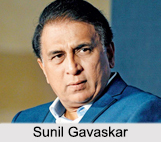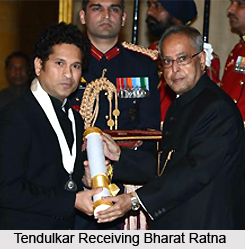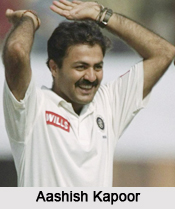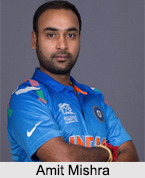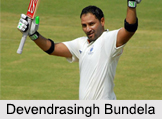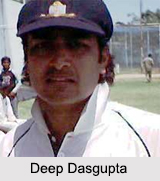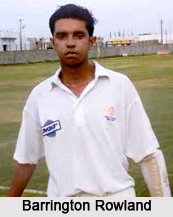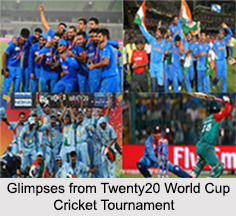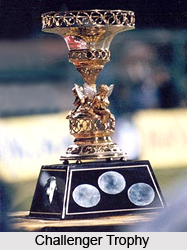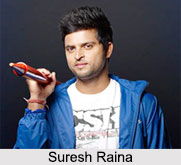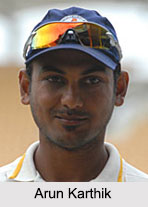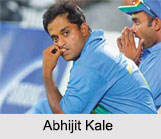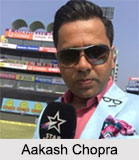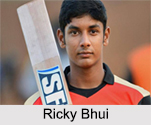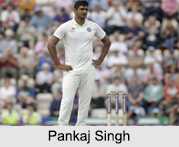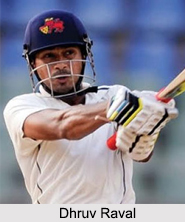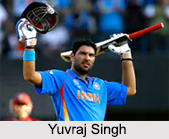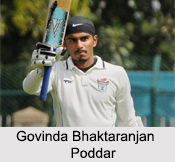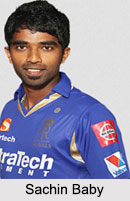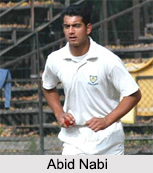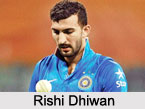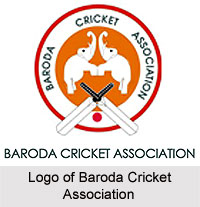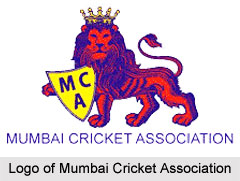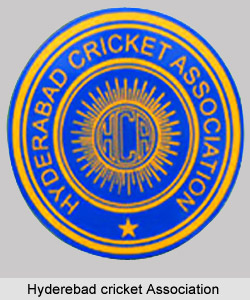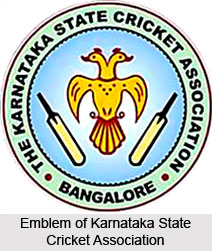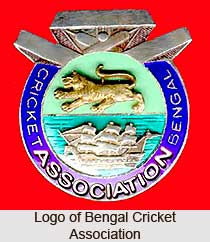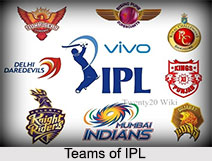During the British rule, few Indian played as a member of the English cricket team, which included KS Duleepsinghji and Ranjitsinghji. India, as a nation, made its Test match debut in the year 1932, much before independence, under the leadership of CK Nayudu. The team did well, with Mohammad Nassir taking 5-93 and 1-42 in the match against England. The match was of 3 days where England having won the toss batted first and scored 259 with Nissar cleaning up the openers and lower order batsman. But the Indian Team were unable to utilize the momentum that their bowlers had provided and they were bundled out for 189, with CK Nayudu the top scorer with 40 runs. England team went on to score 275 and set a target of 346 for India to chase. The chase was always out of reach for India and they collapsed for 187 and lost by 158 runs.
The Indian team`s first series as an independent country was in 1948 against Australia at Brisbane. Australians were led by Sir Don Bradman while India was led by Lala Amarnath. Australia cruised home, winning the 5 Test series 4-0.
History of Cricket in India to 1918
Beginnings
The complete history of cricket in India in particular and the sub-continent as a whole is based on the existence and development of the British Raj via the British East India Company.
On 31st December 1600, Queen Elizabeth-I approved a Royal Charter to the East India Company, which was often called the "John Company". To start with it was a joint-stock company that required trading advantages in India and the East Indies, but the Royal Charter successfully gave it a 21 year monopoly on all trade in the area. In time, the East India Company changed from a commercial trading project to one which practically ruled India as it obtained auxiliary governmental and military tasks, until its termination in 1858 following the Indian Mutiny. The East India Company was the means by which cricket first came into India.
In 1639, the Company effectively founded the city of Madras (Chennai) and in 1661 acquired Portuguese territory on the west coast of India that included Bombay (Mumbai). In 1690, an Anglo-Moghul treaty allowed English merchants to set up a trading settlement on the Hooghly River, which became Kolkata. All of these places became major cricket hubs as the fame of the game grew among the citizen.
Early developments
The first specific mention to cricket being played anywhere in the sub-continent is a report of English sailors of the East India Company written in 1737. It says cricket being played at Cambay, near Vadodara in 1721.
The Calcutta Cricket and Football Club is said to have been come into existence by 1792, but was possibly set up more than a decade earlier. In 1799, another club was set up at Seringapatam in South India after the successful British siege and the defeat of Tipu Sultan.
Beginning of First-Class Cricket
Madras (Chennai) Vs Calcutta (Kolkata) match, played in the year 1864, was arguably the stepping stone for first-class cricket in India.
The most essential clash in the 19th century was the Bombay Presidency Match which developed first into the Bombay Triangular and then, into the Bombay Quadrangular. The match first took place in the year 1877 and then alternately for quite a few seasons until ultimately being given first-class prominence in 1892-93.
George Vernon led the English team toured India in 1889-90. It was for the first time that a foreign team toured India but none of the matches that it played are considered first-class.
First-class cricket definitely began in the 1892-93 season with two Europeans Vs Parsees matches at Mumbai (match drawn) and Pune (Parsees won by 3 wickets). In the same season, Lord Hawke led an English team that played four first-class matches that included game against "All India" on 26-28 January 1893.
Domestic cricket
Bombay Presidency winners
1892-93 - Parsees
1893-94 - Europeans
1894-95 - Europeans shared with Parsees
1895-96 - Europeans shared with Parsees
1896-97 - Europeans
1897-98 - Parsees
1898-99 - Europeans
1899-00 - Europeans shared with Parsees
1900-01 - Parsees
1901-02 - Europeans shared with Parsees
1902-03 - Europeans shared with Parsees
1903-04 - Parsees
1904-05 - Parsees
1905-06 - Hindus shared with Parsees
1906-07 - Hindus
Bombay Triangular winners
1907-08 - Parsees
1908-09 - Europeans
1909-10 - Europeans shared with Parsees
1910-11 - Europeans shared with Hindus
1911-12 - Parsees
Bombay Quadrangular winners
1912-13 - Parsees
1913-14 - Hindus shared with Muslims
1914-15 - Hindus shared with Parsees
1915-16 - Europeans
1916-17 - Europeans shared with Parsees
1917-18 - Hindus shared with Parsees
Leading players by season
The lists below give the leading first-class run scorers and wicket-takers in each first class season.
Batsmen
1892-93 - Ledger Hill (Lord Hawke`s XI) - 212 runs @ 35.33 (HS 132); the leading Indian batsman was Nasarvanji Bapasola with 155 @ 38.75 (HS 65)
Bowlers
1892-93 - John Hornsby (Lord Hawke`s XI) - 28 wickets @ 10.67 (BB 8-40); the leading Indian bowler was Dinshaw Writer with 19 @ 4.94 (BB 8-35)
